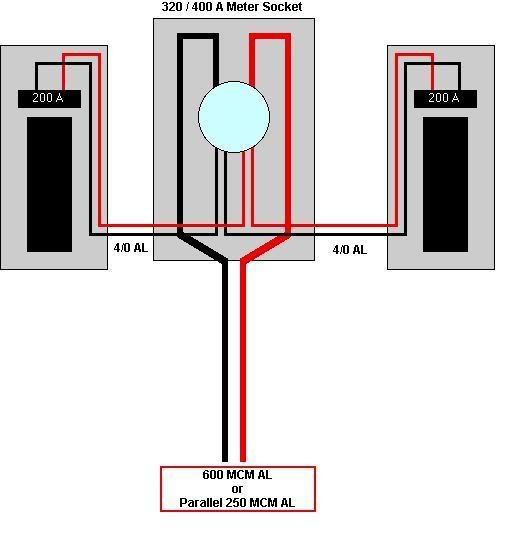LarryFine
Master Electrician Electric Contractor Richmond VA
- Location
- Henrico County, VA
- Occupation
- Electrical Contractor
Actually, I copied the post to that other thread because it pertained to the same job.My confusion was that larry posted nearly identical reply to what is quoted in this post in another thread, and I thought I was reading that thread. Sorry about that.




![KIMG0128[1].jpg KIMG0128[1].jpg](https://forums.mikeholt.com/data/attachments/11/11717-bf1d2d4cc42d2db40796afc7d762c593.jpg)
![KIMG0130[1].jpg KIMG0130[1].jpg](https://forums.mikeholt.com/data/attachments/11/11719-6df841886b2573a42bb6c1591bdb3b5b.jpg)
![KIMG0129[1].jpg KIMG0129[1].jpg](https://forums.mikeholt.com/data/attachments/11/11721-a0800d0296505bf2247df20b2af5cce5.jpg)